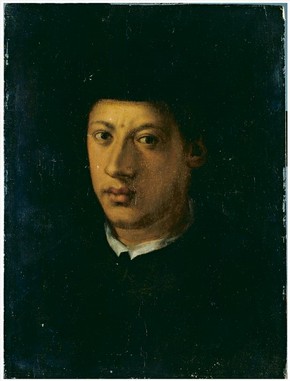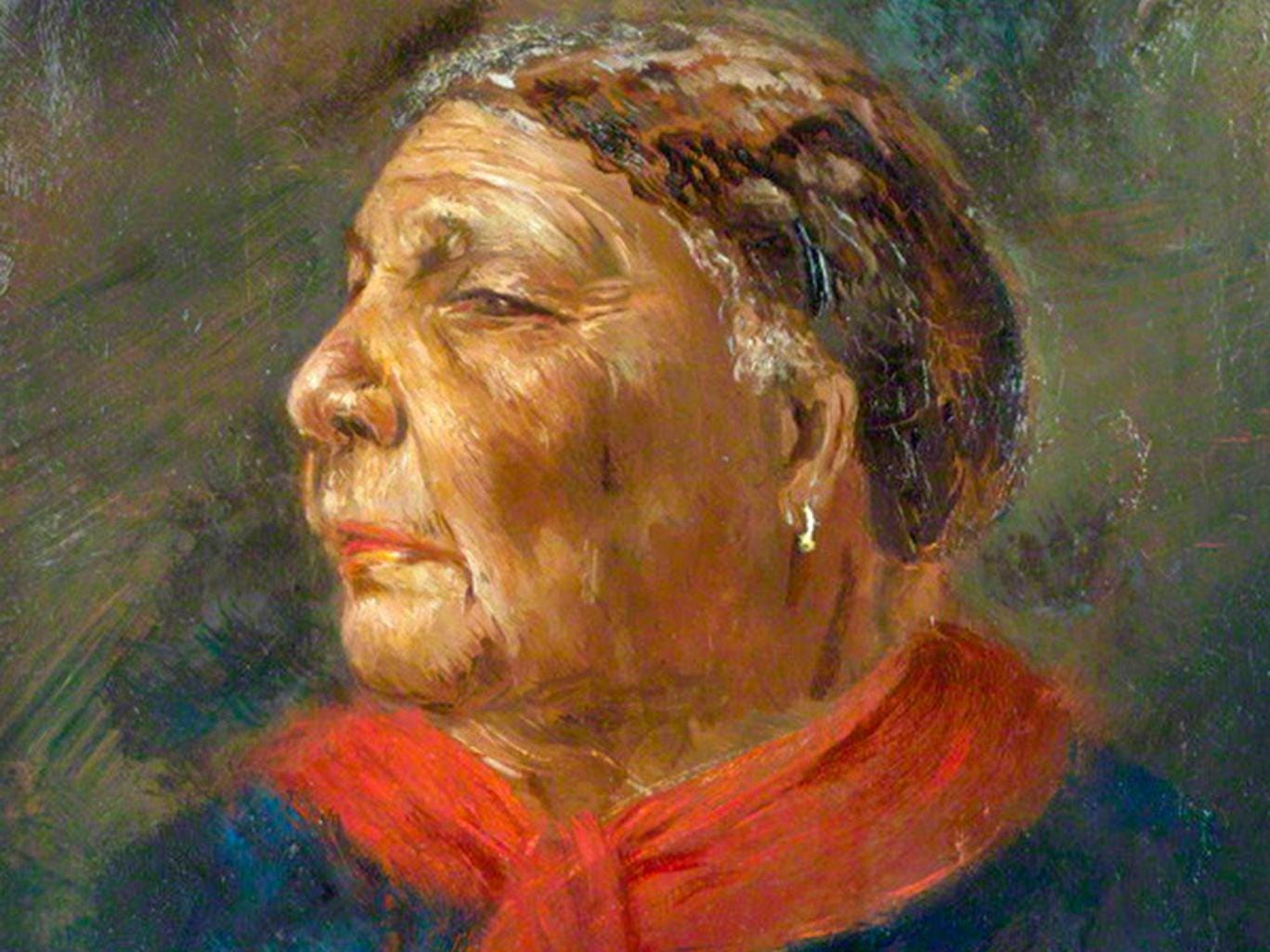Africans in Medieval & Renaissance Art: Duke Alessandro de’ MediciPosted in Articles, Arts, Biography, Europe, Media Archive on 2016-07-02 19:18Z by Steven |
Africans in Medieval & Renaissance Art: Duke Alessandro de’ Medici
Victoria and Albert Museum
London, England, United Kingdom
 Portrait of Duke Alessandro de’ Medici, after Jacopo da Pontormo, Florence, Italy, about 1550. Museum no. CAI.171. Ionides Bequest |
Both of the objects highlighted here feature Alessandro de’ Medici (1511-37), the first Duke of Florence. It is thought that Alessandro’s mother was a Moorish slave.
The Medici, an Italian family of merchants, bankers, rulers, patrons and collectors, dominated the political and cultural life of Florence from the 15th century to the mid 18th century. They were expelled from Florence in 1494-1512 and 1527-30. In 1530, after a long and bitter siege, the army of the Holy Roman Emperor Charles V conquered the city and backed the installment of Alessandro de’ Medici as the first Duke of Florence. Alessandro’s reign ended in 1537, when he was assassinated by his cousin and rival Lorenzino de’ Medici. As he had no children with his wife (Margaret of Austria, illegitimate daughter of the emperor Charles V), and his illegitimate son Giulio was only four years old, Alessandro was succeeded by a member of another branch of the Medici family, Cosimo I.
Officially, Alessandro was the illegitimate son of Lorenzo de’ Medici, Duke of Urbino (1492-1519), but it was rumoured that Lorenzo’s cousin Giulio (later Pope Clement VII), had fathered him. Alessandro’s mother, Simonetta, was allegedly a Moorish slave who had worked in the household of Lorenzo and his parents during their exile in Rome…
Read the entire article here.





